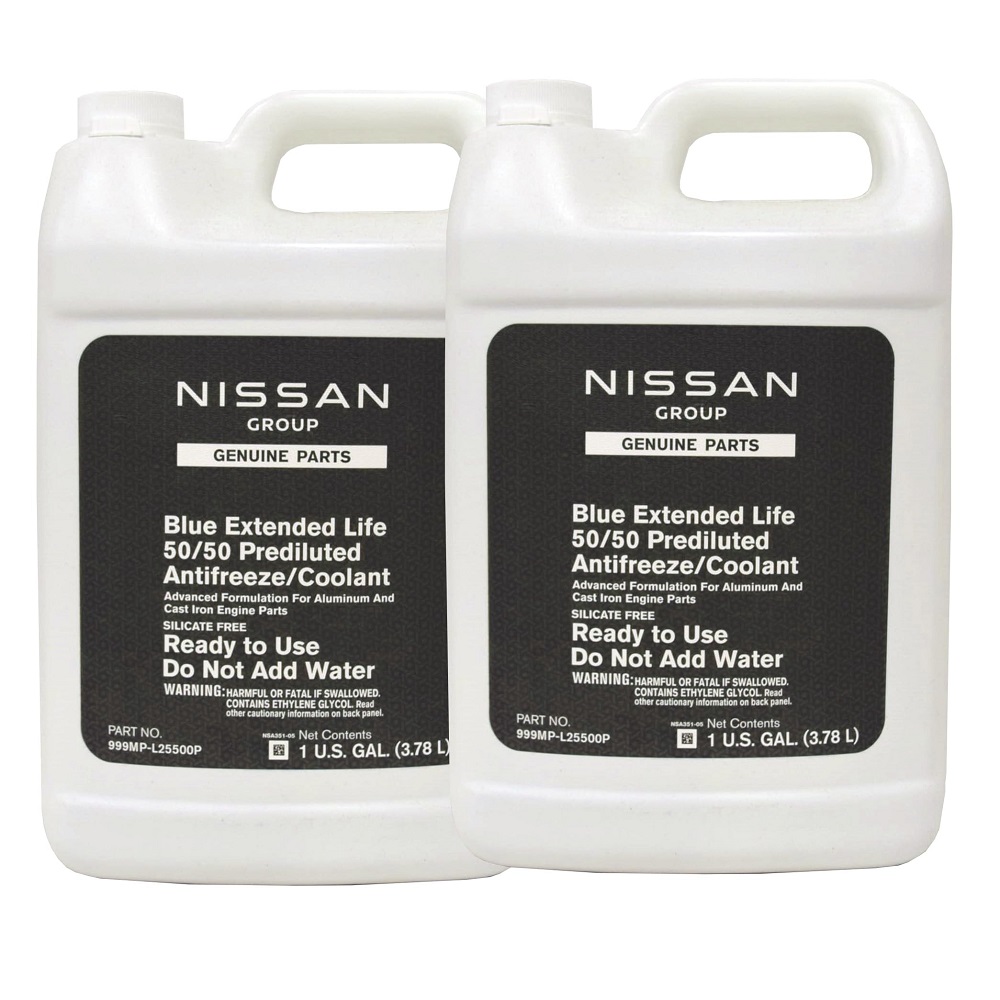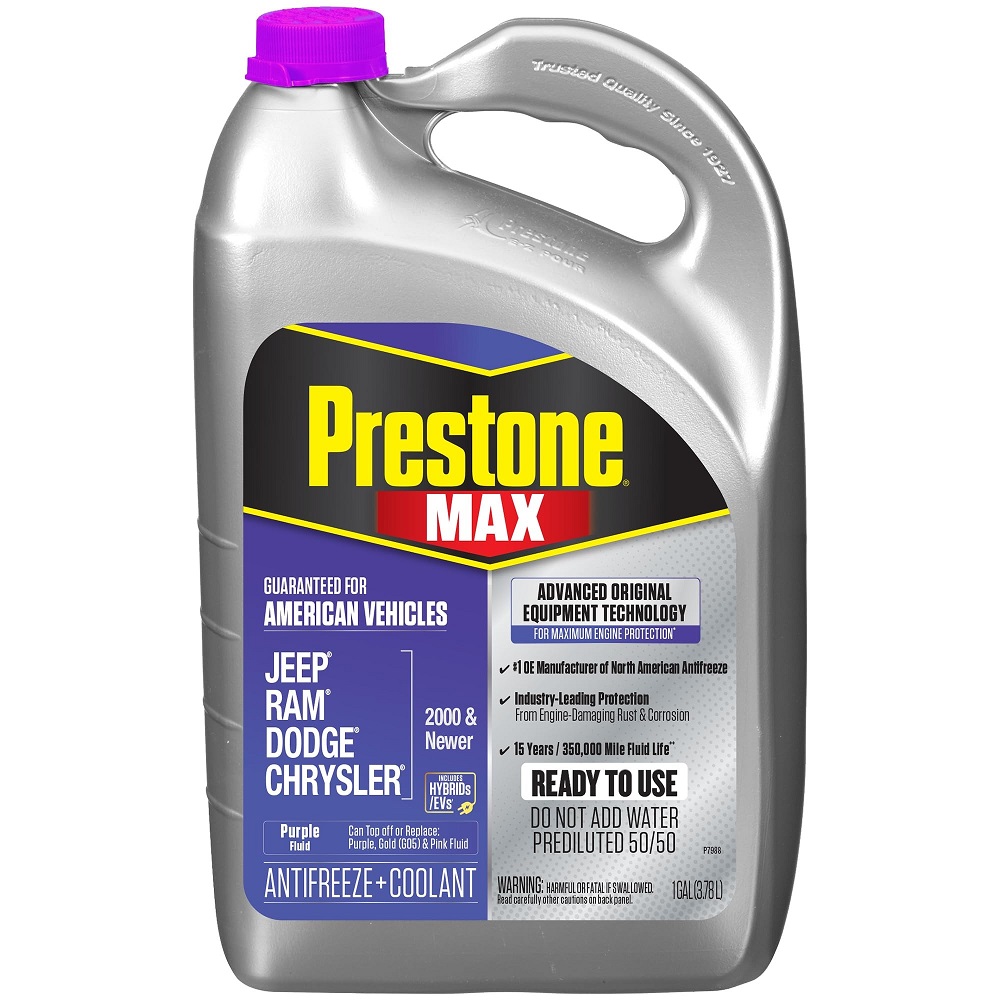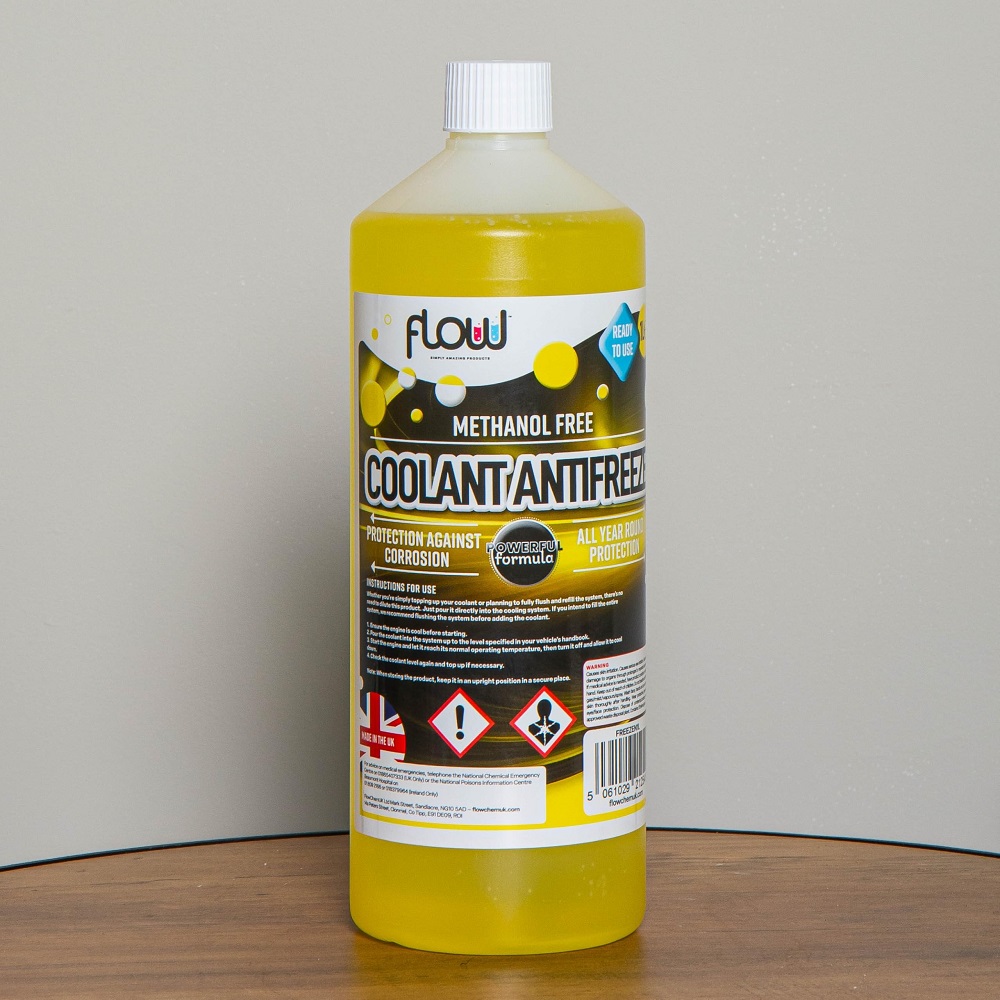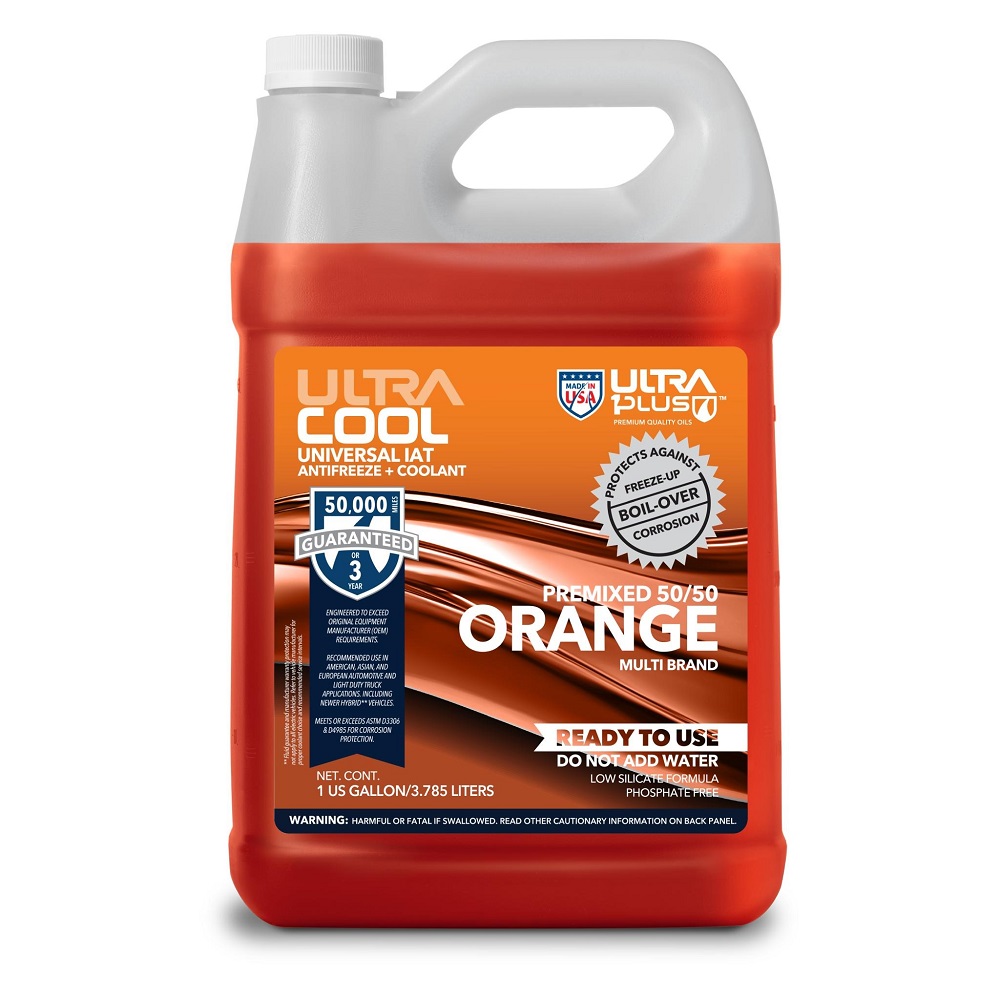What is Coolant Fluid?
Coolant fluid, also known as antifreeze, is vital for your vehicle’s engine. It regulates temperature by transferring heat. It prevents engine overheating in summer and freezing in winter. Coolant fluid ensures optimal engine performance throughout the year.
Purpose and Functionality
Coolant fluid serves several crucial purposes:
- Heat Regulation: It absorbs engine heat and prevents overheating.
- Cold Protection: It prevents the engine components from freezing in cold climates.
- Corrosion Prevention: It protects the internal parts from rust and corrosion.
- Lubrication: It lubricates the water pump and other moving parts within the cooling system.
Coolant fluid maintains engine health by controlling temperature and reducing wear. It ensures smooth operation under all driving conditions.

Types of Coolant Fluids
Different types of coolant fluids exist, designed for varying needs:
- Inorganic Additive Technology (IAT): Common in older vehicles. Contains silicates to prevent corrosion.
- Organic Acid Technology (OAT): Found in newer models. Offers long-lasting protection and stability.
- Hybrid Organic Acid Technology (HOAT): Combines features of IAT and OAT, suitable for many modern vehicles.
Selecting the right type is crucial. Always check your vehicle’s manual for the recommended coolant fluid. Using the correct type helps your engine last longer and perform well.
How Does Coolant Fluid Work?
Understanding how coolant fluid works can help ensure your vehicle’s engine operates smoothly. It plays a critical role in regulating engine temperature and prevents overheating or freezing. Let’s explore its working mechanism in detail.
Principles of Heat Transfer
Coolant fluid works by transferring heat away from the engine. As the engine runs, it generates heat. The coolant absorbs this heat and carries it away from the engine block to the radiator. At the radiator, the heat is released into the air through fins. This cycle repeats, cooling the engine efficiently.
Heat transfer is essential for the engine’s health. Excessive heat can lead to part damage or breakdown. Coolant fluid ensures the temperature remains stable, even during extreme weather conditions.
Coolant fluid reduces thermal stress on engine components. It prevents overheating in high temperatures. During winter, it prevents the engine from freezing, using antifreeze properties.
Role in Engine Performance
Coolant fluid plays a significant role in maintaining engine performance. It prevents engine parts from overheating or freezing. Regulating the temperature ensures smooth and consistent operation.
It also prevents rust and corrosion. Over time, unprotected coolant systems may damage components like the radiator and water pump. This fluid prevents these issues by containing protective additives.
Coolant fluid provides lubrication to the water pump. It reduces wear and tear on moving parts in the cooling system. This extends the lifespan of these components and improves system reliability.
Using the right coolant fluid supports overall engine health. It keeps performance optimal across varying temperatures and driving conditions. Regular checks and maintenance are crucial to avoid problems caused by low or contaminated coolant fluid.

Differences Between Coolant and Antifreeze
Understanding the difference between coolant and antifreeze helps in maintaining your vehicle’s engine efficiently. These terms are often used interchangeably, but they have distinct meanings and purposes. Let’s explore their composition, usage, and key benefits.
Composition and Usage
Coolant is a liquid mixture designed to regulate an engine’s temperature. It typically consists of antifreeze and water, often mixed in a 50/50 ratio. The combination allows it to function effectively in both extreme heat and cold conditions.
Antifreeze, on the other hand, is a concentrated substance, usually made of ethylene glycol or propylene glycol. It needs to be diluted with water to create coolant. The antifreeze lowers the freezing point of the liquid. Simultaneously, it raises the boiling point, enhancing its temperature range.
The key distinction is that antifreeze is an ingredient, while coolant is the prepared solution. Antifreeze by itself cannot be used in engine systems. Coolant ensures the engine operates at a stable temperature under varying weather conditions.
Key Benefits and Features
- Temperature Regulation: Both coolant and antifreeze maintain the engine’s temperature, preventing overheating or freezing.
- Corrosion Protection: They contain additives to protect internal components from rust and corrosion.
- Lubrication: Coolant lubricates essential systems like the water pump, reducing wear and tear.
- Extended Engine Life: By protecting from extreme temperatures and wear, they extend engine durability.
- Freeze Protection: Antifreeze ensures engines remain operable in freezing conditions by preventing ice formation.
- Boiling Point Elevation: The mixture ensures continued cooling in high temperatures, avoiding engine damage.
By understanding the unique roles of coolant and antifreeze, you can manage your vehicle’s cooling system better. Always check your vehicle’s user manual for the right specifications and type to use. Consistent maintenance helps prevent common engine issues and ensures optimal performance.

Signs of Coolant Fluid Issues
Understanding the signs of coolant fluid issues is essential for your engine’s health. Identifying problems early can prevent costly repairs and ensure your vehicle runs efficiently.
Common Symptoms of Low or Contaminated Coolant
- High Engine Temperature: A rising temperature gauge on your dashboard indicates overheating. This often results from low coolant levels or contaminated coolant that cannot properly regulate temperature.
- Coolant Leaks: Spotting a green, orange, or pink puddle under your car could indicate coolant leakage. Often, leaks occur in the radiator, hoses, or gasket.
- Steamy Engine: If steam starts coming out from under the hood, the engine might be overheating. This could be due to insufficient coolant.
- Strange Smell: A sweet or maple syrup-like smell may be a warning sign of leaking coolant.
- Poor Heater Performance: Ineffective heating in cold weather might indicate low coolant levels. This can lead to reduced heating capabilities.
- Illuminated Warning Lights: Check engine or temperature warning lights on the dashboard might signal a coolant issue.
- Visible Debris in Coolant Reservoir: Dirty or sludgy coolant indicates contamination. Contaminated coolant can impair its performance.
Regularly checking for these symptoms helps identify issues before they escalate.
Impact of Neglecting Coolant Maintenance
- Engine Overheating: Low or degraded coolant fails to transfer heat effectively. This can lead to overheating, causing severe engine damage.
- Corrosion Damage: Over time, coolant breaks down and loses its corrosion-preventing properties. This can result in rust and corrosion in the radiator and other parts of the cooling system.
- Reduced Fuel Efficiency: An overheated or poorly cooled engine may become inefficient, consuming more fuel than necessary.
- Damage to Key Components: Neglecting coolant maintenance can affect parts like the water pump, thermostat, and radiator hoses. This increases the risk of costly repairs.
- Total Engine Failure: Severe overheating can cause irreversible damage, leading to expensive engine replacements or rebuilds.
Maintaining proper coolant levels and checking for contamination ensures your vehicle’s longevity. Regular coolant checks help prevent issues and safeguard engine performance.
How to Check and Refill Coolant Fluid
Proper maintenance of coolant fluid is essential for your vehicle’s engine performance. Learning to check and refill coolant fluid keeps your car running smoothly and prevents costly repairs.
Step-by-Step Guidelines for Checking Levels
- Cool Down the Engine: Ensure the engine is completely cool before opening the coolant reservoir.
- Locate the Reservoir: Open your car’s hood and find the coolant reservoir. It is a translucent container near the radiator.
- Check the Level: Look for markings on the reservoir indicating “Min” and “Max” levels. The coolant should ideally be between these marks.
- Inspect Color and Clarity: Healthy coolant fluid should be clear and its color distinct (e.g., green or pink). If it appears dirty or sludgy, it might be time for replacement.
Tips for Refilling and Avoiding Overfilling
- Use the Right Coolant: Always refer to your vehicle’s manual for the recommended type of coolant fluid.
- Prepare the Coolant Mixture: If using concentrated antifreeze, mix it with water as per the instructions (commonly 50/50).
- Slowly Add Coolant: Pour coolant into the reservoir until it reaches near the “Max” mark. Do not overfill.
- Run the Engine: Start the car and let it run for a few minutes. This helps distribute the coolant.
- Recheck Levels: After the engine cools again, recheck the level and top up if required.
- Seal Tightly: Ensure the reservoir cap is tightly closed to avoid leaks or spills.
By following these steps, you can check and refill coolant fluid safely and efficiently. Regular maintenance prevents engine issues and enhances performance.

Choosing the Right Coolant for Your Vehicle
Selecting the correct coolant fluid is crucial for your engine’s protection and performance. Using the wrong type can lead to inefficiency, overheating, or component damage. Understanding compatibility and exploring quality options ensures your vehicle operates smoothly year-round.
Compatibility with Vehicle Specifications
- Check Manufacturer Guidelines: Consult your vehicle’s manual for the recommended coolant type. Manufacturers design cooling systems for specific fluid requirements.
- Understand Coolant Types: Vehicles may require IAT, OAT, or HOAT coolant fluids. Select one tailored to your system.
- Match Engine Requirements: Factors like engine material and design impact coolant choice. Ensure it contains proper additives to prevent corrosion.
- Avoid Mixing Coolants: Never mix different coolant types. This can lead to chemical reactions, reducing the fluid’s efficiency.
Compatibility ensures the coolant performs effectively, prolonging engine and component lifespan.
Exploring Different Brands and Options
- Reputable Brands: Choose coolant fluids from trusted manufacturers known for reliability and lasting quality.
- Premium vs. Budget Choices: While premium fluids offer superior protection and durability, budget options may suffice for certain needs.
- Color and Composition: Select a color-coded fluid that matches your vehicle’s requirements. Common colors include green, orange, and pink.
- Pre-Mixed vs. Concentrates: Pre-mixed coolants are convenient and ready to use, while concentrates require careful water dilution.
- Ratings and Reviews: Look for reviews from other vehicle owners to ensure reliability and long-term performance.
Investing in the right coolant fluid enhances temperature regulation, prevents corrosion, and improves engine efficiency. Regular checks and timely replacements ensure its effectiveness over time.
Importance of Regular Coolant Replacement
Replacing coolant fluid regularly is vital for maintaining your vehicle’s engine health. Over time, coolant can degrade and lose its effectiveness. Regular replacement ensures optimal performance, protects engine components, and avoids costly repairs.
Frequency of Replacement
- Follow Manufacturer Guidelines: Check your vehicle’s manual for the recommended replacement intervals. Most specify every 30,000 to 50,000 miles.
- Consider Driving Conditions: Tough driving conditions might require more frequent replacements.
- Monitor Coolant Condition: Replace coolant if it appears dirty or sludgy, even if within recommended intervals.
Regular replacement maintains the coolant’s properties, ensuring your engine operates efficiently under all conditions.
Benefits of Maintaining Optimal Coolant Levels
- Temperature Control: Proper coolant levels prevent overheating and freezing during extreme weather.
- Corrosion Prevention: Coolant protects internal engine parts from rust and corrosion.
- Extended Engine Life: Maintaining coolant helps your engine perform well and last longer.
- Reduced Repair Costs: Regular replacements prevent major cooling system problems and unnecessary expenses.
- Improved Fuel Efficiency: A well-functioning cooling system allows the engine to use fuel efficiently.
By replacing coolant fluid on time, you ensure long-term vehicle health, reliability, and performance.
Environmental Considerations for Coolant Disposal
Proper disposal of coolant fluid is vital for protecting the environment. Incorrect disposal can harm wildlife and pollute water sources. To minimize environmental impact, follow safe practices and explore recycling programs.
Safe Disposal Practices
- Identify Hazardous Components: Used coolant contains chemicals, such as ethylene or propylene glycol. Dispose of it responsibly.
- Avoid Pouring Down Drains: Never pour coolant into household drains, toilets, or sewers. It can contaminate water systems.
- Store Safely: Use a sealed container to store used coolant before disposal. This prevents spills.
- Contact Local Authorities: Check local regulations for hazardous waste disposal. Follow their guidelines for coolant fluids.
- Take to Disposal Centers: Many automotive shops or waste facilities accept used coolant. They ensure proper treatment.
- Protect Surroundings: Always clean spills immediately to prevent soil or water contamination.
Safe disposal practices reduce risks and protect the environment from harmful chemicals. Prioritize responsible actions when handling used coolant.

Recycling Options and Programs
- Participate in Recycling Programs: Some areas offer coolant recycling services. Search for local programs near you.
- Automotive Shops Assistance: Many car repair shops recycle used coolant for customers.
- Specialized Recycling Centers: Look for centers that specialize in antifreeze recycling. They extract reusable components.
- Reclaiming Coolant: Certain facilities clean and process used coolant for reuse, helping save resources.
- Online Resources: Use environmental websites to locate recycling locations and learn about safe practices.
Recycling coolant ensures reduced environmental impact and promotes sustainability. Take advantage of programs to reuse and recycle coolant fluid responsibly.

Leave a Reply